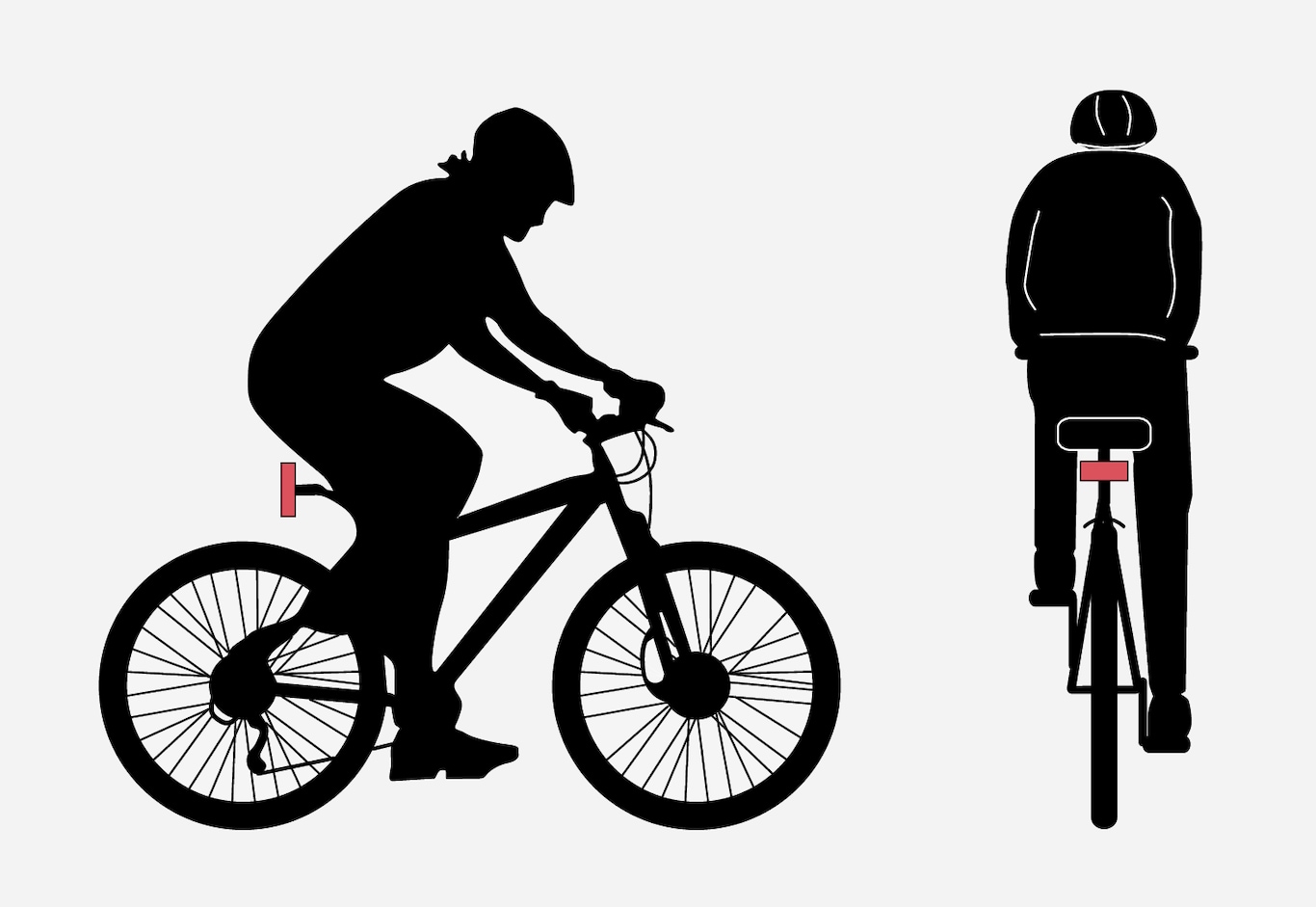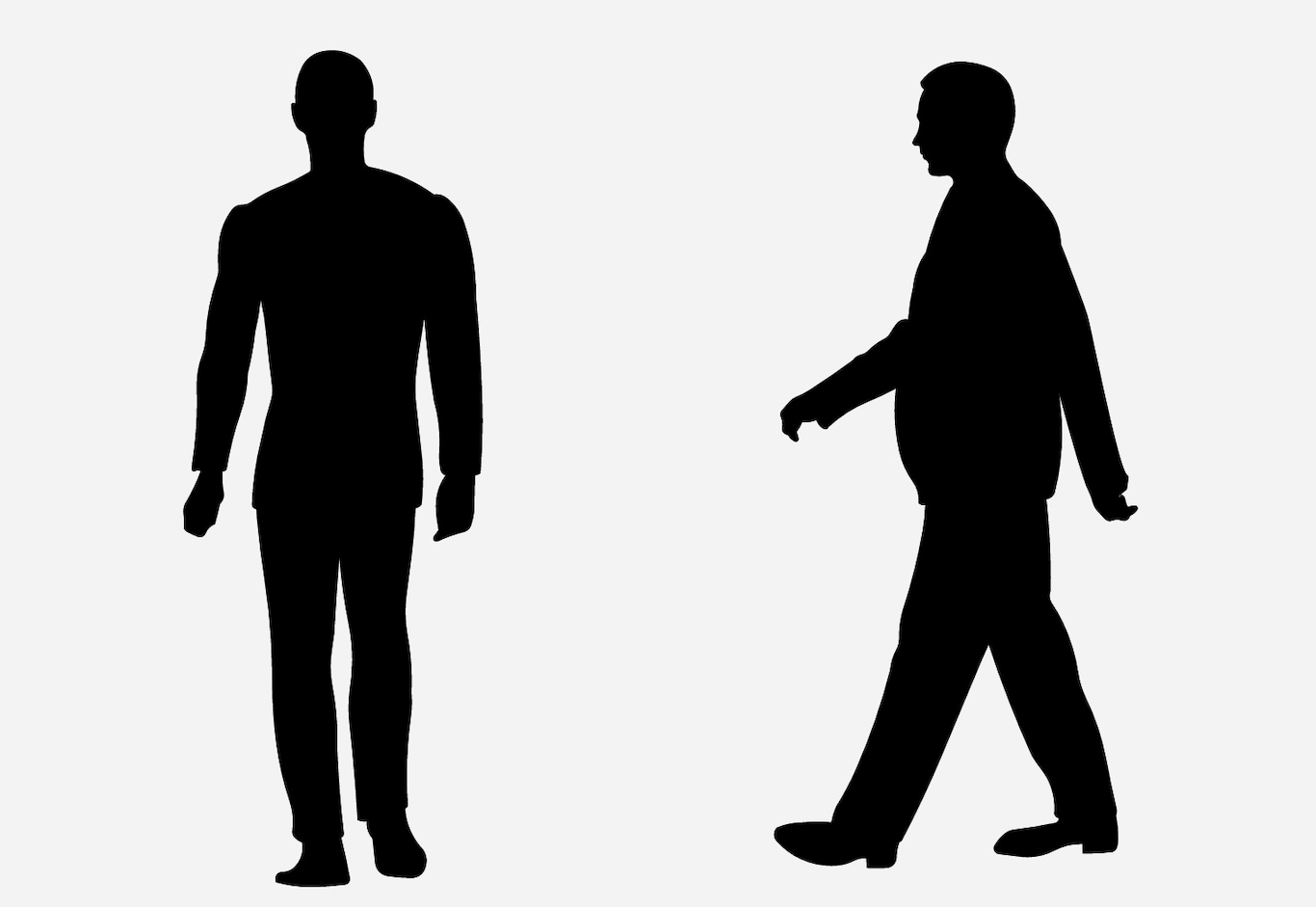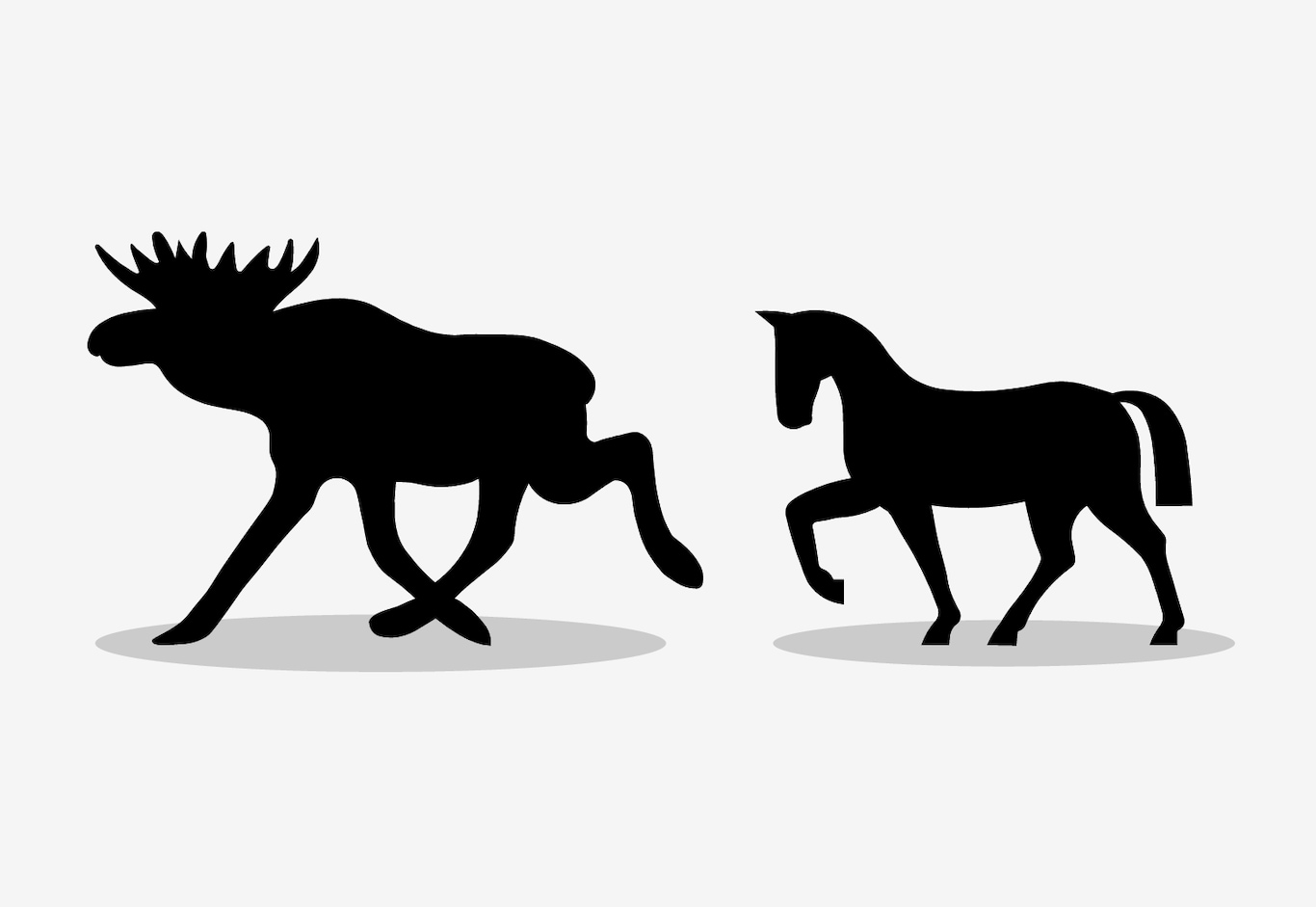Detection of obstacles with City Safety
Vehicles
City Safety detect most vehicles that are stationary or moving in the same direction as the driver's own car. This function can also detect oncoming vehicles and cross traffic in certain cases.
In order that City Safety shall be able to detect a vehicle in the dark, the vehicle's front and rear lights must be working and clearly illuminated.
Cyclists

Good performance requires that the system function that detects a cyclist must receive the clearest possible information about the body and bicycle outline, requiring the ability to identify the bicycle, head, arms, shoulders, legs, upper and lower body plus a normal human pattern of movement.
If large parts of the cyclist's body or bicycle are not visible to the function's camera then the system cannot detect a cyclist.
For the function to be able to detect a cyclist, he/she must be an adult and riding a bicycle designed for adults.
Warning
- partially obscured cyclists.
- cyclists if the background contrast of the cyclist is poor – warning and brake interventions may then be late or not occur at all.
- cyclists wearing clothing that obscures the body outline.
- bicycles loaded with large objects.
The driver is always responsible that the vehicle is driven correctly and with a safety distance adapted to the speed.
Pedestrians

Good performance requires that the system function that detects a pedestrian must receive the clearest possible information about the body outline, requiring the ability to identify the head, arms, shoulders, legs, upper and lower body plus a normal human pattern of movement.
In order that it shall be possible to detect a pedestrian there must be a contrast with the background and this will be affected by such things as clothes, the background and the weather. With poor contrast the pedestrian may either be detected late or not at all, which may mean that warnings and braking are late or omitted.
City Safety can also detect pedestrians in the dark if they are illuminated by the car's headlamps.
Warning
- partially obscured pedestrians, people in clothing that hides their body contour or pedestrians shorter than 80 cm (32 in.).
- pedestrians if the background contrast of the pedestrians is poor - warning and brake interventions may then be late or not occur at all.
- pedestrians who are carrying larger objects.
The driver is always responsible that the vehicle is driven correctly and with a safety distance adapted to the speed.
Large animals

Good performance requires that the system function that detects a large animal (e.g. elk and horse) must receive the clearest possible information about the body outline, requiring the ability to identify the animal directly from the side in combination with what is a normal pattern of movement for the animal.
If parts of the animal's body are not visible to the function's camera then the system cannot detect the animal.
City Safety can also detect large animals in the dark if they are illuminated by the car's headlamps.
Warning
- partially obscured large animals.
- larger animals seen from the front or from behind.
- large animals that run or move quickly.
- large animals if the background contrast of the animals is poor - warning and brake interventions may then be late or not occur at all.
- small animals such as dogs and cats, for example.
The driver is always responsible that the vehicle is driven correctly and with a safety distance adapted to the speed.